
How mail can be a sustainable marketing channel
PrintGreen – Transforming the sustainability of print channels
PrintGreen is the cross-industry initiative representing the print industry. It’s designed to provide brands, creative agencies and media agencies with data insights and guidance on how to use print channels sustainably.
It’s the go-to resource for sustainability best practice in print ensuring that all your campaigns are created with sustainability embedded from the beginning.
Find out more about PrintGreen and checkout the carbon calculator here.
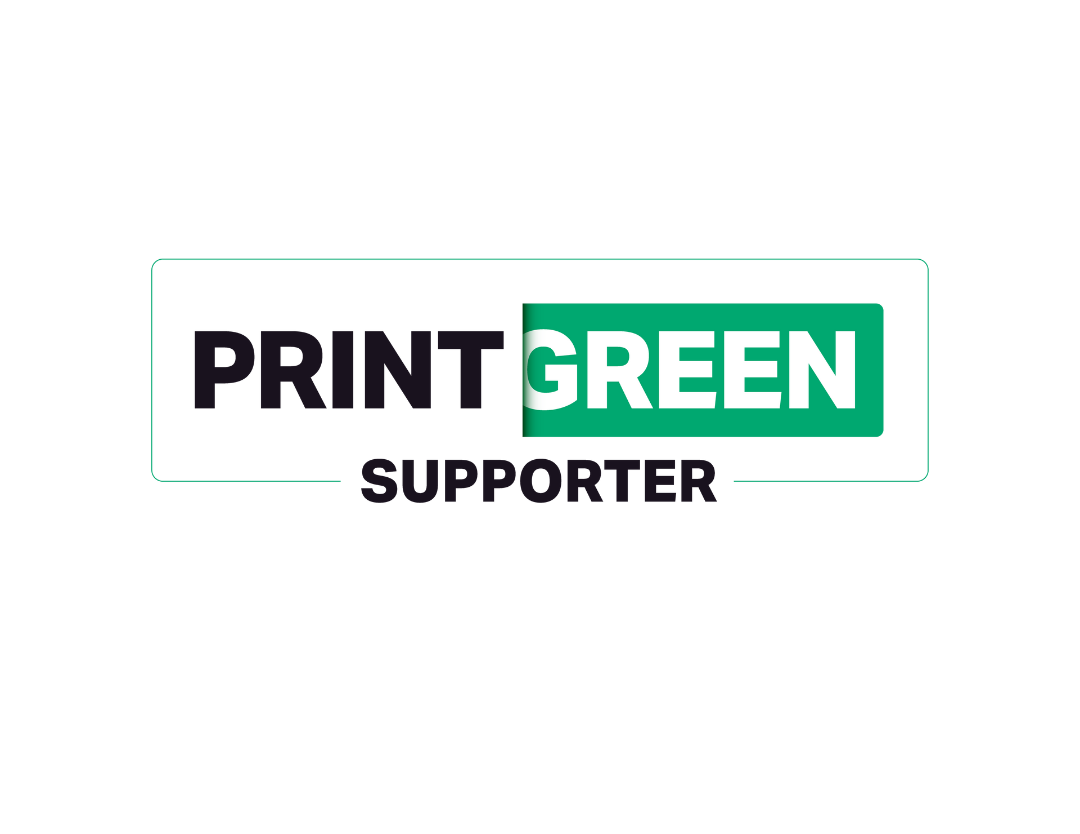
Learn more about mail circularity
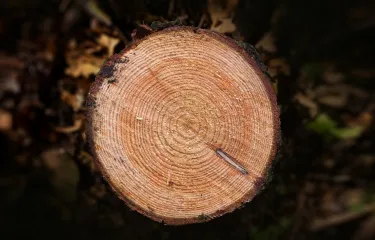
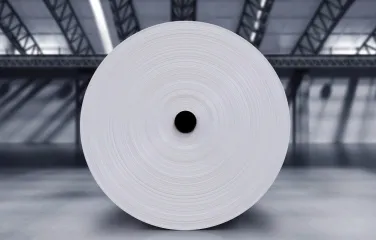
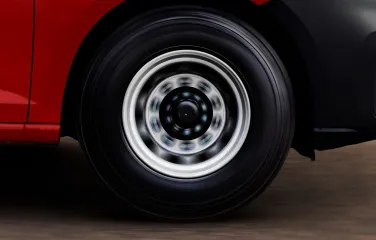

The 5 key stages of mail’s carbon life cycle
Opening the aperture on the carbon emissions for each stage of the mail process.
-
01
Creation
Design & copy -
02
Materials
Paper, envelopes & wraps -
03
Creation
Recycling & landfill -
04
Production
Inks & printing -
05
Delivery
Processing, distribution & to user
The circular journey
Discover how mail can be a sustainable choice. Watch our film.

The life cycle of mail
The first step in understanding the carbon impact of the mail channel was to carry out a carbon Life Cycle Assessment (LCA). Research carried out by environmental experts, WSP and commissioned by Marketreach produced a full carbon Life Cycle Assessment of Mail. It provided for the first time an in-depth look at the environmental impact and carbon emissions for each stage in the life of mail - from forest source to end-of-life, through the processing, design, production, delivery and recycling stages.
To view this in-depth study download the report.
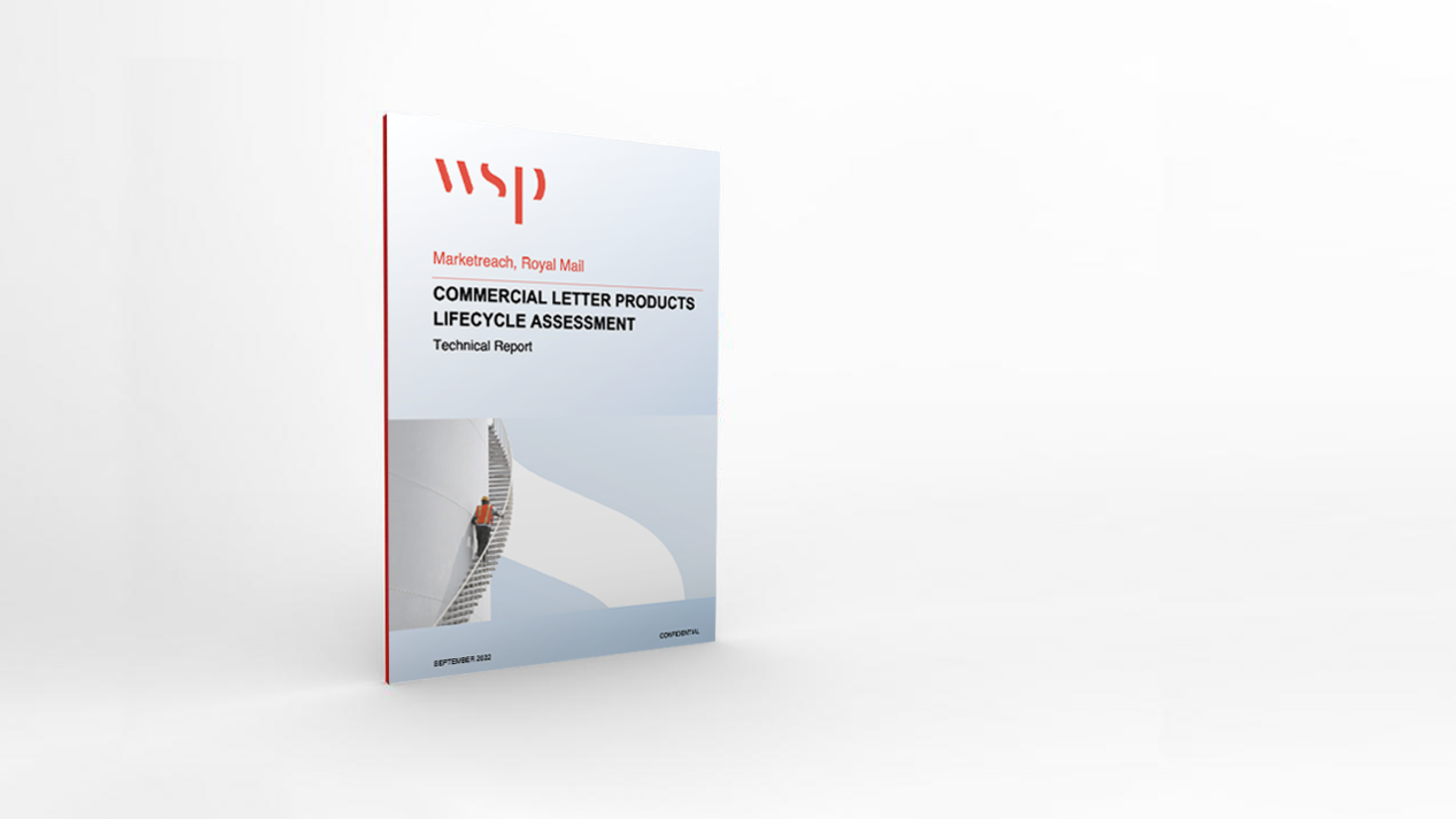

Steps to more sustainable mail campaigns
Hear from the experts
Anyone commissioning or using direct mail can take comfort in the knowledge that print and paper are highly sustainable options. Environmental and sustainability performance is also a huge area of focus across the sector, with many interesting and exciting initiatives driving reducing carbon footprints, waste and energy efficiency.
At Royal Mail, we're building on the green benefits of our 'feet on the street' model and reducing our emissions by transitioning 100% of our delivery fleet to electric vehicles by 2035. We have already deployed around 5,000 electric vans.
Your letter has value also after it has done its work: if not archived it is a valuable raw material to be recycled into new paper. The European paper industry is a circularity champion and as a true champion raising the bar, our goal is recycling 76% of all paper placed on the market by 2030. To reach this, every letter counts.









